“About us” – GIOTTO Project Partners Interview

Manuel Estevéz Amado | Universidad Complutense de Madrid
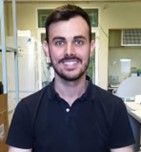
Short Bio & role in the GIOTTO Project
I was born and grew up in Villa del Rey, a small village in Extremadura with only 100 inhabitants. In this rural environment, I developed an interest in learning about nature. It was also here that I discovered how beautiful it is to share time with the people we love. Because of everything I have experienced there, it is a place of inspiration for me.
I have always liked science, and at some point I knew I wanted to dedicate myself to research, so I studied Biotechnology. After that, I did a Master's degree in Biochemistry, Molecular Biology and Biomedicine and shortly after that I started working on the GIOTTO project with the UCM group. During my Master's thesis I learned about synthesis, functionalization and characterization techniques of different biomaterials such as mesoporous silica nanoparticles or superparamagnetic iron oxide nanoparticles (SPIONs). This also allowed me to apply and expand my knowledge in in vitro cultures
As a result, I was able to start working on the GIOTTO project with my colleagues from the UCM group. Our work within the project consists of producing functionalized magnetic nanoparticles and devices that incorporate these nanoparticles to enable controlled mechanotransduction, i.e. to be able to remotely control the activity of cells in the environment of a bone fracture.
What are the main tasks you carried out, and with which results?
The main tasks I have carried out fall within the experimental work in which UCM is involved. Starting with the synthesis of different types of SPIONs, their functionalization with an RGD peptide and their physicochemical characterization, as well as the work in collaboration with the company TECNAN for the optimization of the properties of the SPIONs synthesized by means of flame spray pyrolysis (FSP). The next important task was to develop strategies to incorporate the SPIONs in the different devices of the project in the most efficient way. This work has been carried out in close collaboration with the involved project partners (POLITO, UNIPI or MERLN). For the execution of this task, frequent updating and exchange of information between the partners has been very important. Another important task has been the in vitro evaluation of the developed biomaterials, both SPIONs and SPION-incorporated devices. On the one hand, the viability, adhesion and proliferation of human mesenchymal stem cells in contact with the biomaterials and on the other hand, the osteogenic potential after stimulating the samples with a magnetic field are studied.
The results are very promising: it has been possible to synthesize different types of SPIONs, improve their colloidal properties, functionalize them with an RGD peptide, preserve their superparamagnetic properties, and demonstrate their osteogenic effect with human mesenchymal stem cells. In addition, it has been possible to incorporate SPIONs into some of the project's devices using different strategies. The scaffolds based on electrospun polymers (device 2) have been combined with the nanoparticles in two different ways, on the one hand we have incorporated the SPIONs inside the fibers and on the other hand we have managed to decorate the surface of the fibres. Fused deposition modeling (FDM)-based scaffolds (device 1) have been combined with the SPIONs by inkjet printing on the surface. The results of cell-based assays with the scaffolds are also promising, with cells adhering to, proliferating and colonising the devices and showing good viability. The latest results show that scaffolds with SPIONs increase bone cell differentiation when the external magnetic field is applied.
Besides carrying out the main tasks, I have also participated in other tasks such as the elaboration of reports and deliverables or the writing of articles, posters and presentations for the dissemination and communication of results.
Has GIOTTO Project changed in some way your career or work?
Clearly the GIOTTO Project has affected my career and my present and future work. I have had the opportunity to learn the working dynamics of a European project, to collaborate with different project partners, to meet many people and to exchange knowledge and ideas. I have discovered new working methodologies, I have been able to learn techniques in which other partners have great experience such as electrospinning, electrospraying, fused deposition modeling or thermal drop on demand.
Participating in international conferences as part of the dissemination of project results, despite the pandemic, has been another enriching experience. In addition, Clarissa Tomasina (from MERLN) and I, had the opportunity to present our collaborative work to the N4M Young Scientist Award 2022, and were winners!
Finally, I had the opportunity to carry out a 3-month collaborative stay in Prof. Chiara Vitale-Brovarone's research group at the Politecnico di Torino, where I learned how to handle new equipment and had the opportunity to learn new strategies and improve aspects of the research we carry out in collaboration.
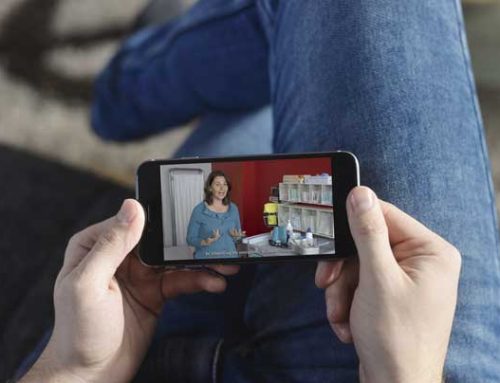
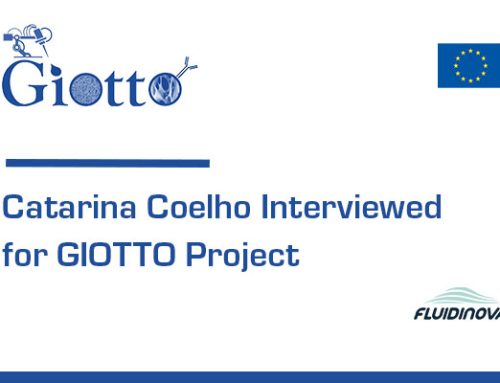
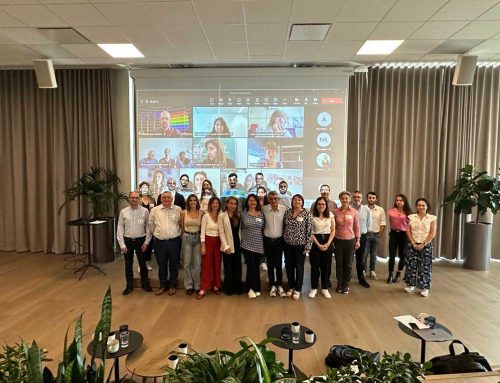
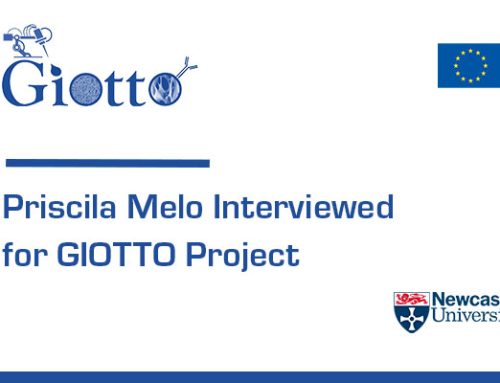
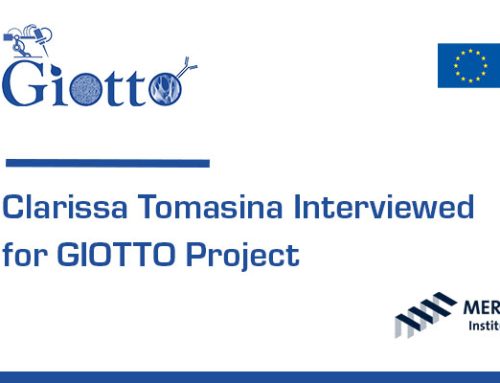
Leave A Comment